Talking music’s unlikely pairing with Thad Saajid
January 19, 2022
Art is incredible for its ability to communicate things unspoken, and is transcendent of any medium, culture, or canvas. The artistic parallels between music and culinary arts might not be apparent. However, be it the writer, the musician, or the chef, the beauty of creativity as an artist is that it knows no bounds. And it seems as if R&B singer and songwriter Thad Saajid has perfectly struck that balance.
Blue lights flickered through the windows of Pickett on Court, a new performance and event venue in downtown Florence. Inside, the 9-man funk band Coffee Black played away as the audience swayed to the acoustics. While the night of celebration was dedicated to the release of “Trash Talk”, Saajid’s newest EP, he took the time to speak on the importance of versatility as a creative.
When asked about his various endeavors, the artist refused to box himself in. “It’s better to be a master of a lot of things…for happiness,” Sajjid said. “Especially if you’re doing something you’re passionate about.” Passionate, he is.
Saajid’s list of accolades as teacher, musician and New Orleans trained chef also include the title “Owner” of Soul Wingery. A modern day soul food joint with an old school aesthetic, the musical inspiration behind Soul is apparent before even stepping into the lobby.
Notes of classic R&B dance out onto the street at the entrance, and once inside vintage Marvin Gaye and Anita Baker vinyls line the wall. The à la carte menu boasts whole wings with the usual suspects for saucing: BBQ, lemon pepper or cajun ranch. Loaded fries, piled high with cheese and chicken, or bacon and cajun ranch, can be added as a side, but are substantial enough to be a meal all their own,
The cajun ranch in particular seemed to be the popular choice, as t-shirt merch hung from the walls exclaiming “Cajun Ranch Over Everything!”
Science has proven that music is as important as the menu at restaurants. In the research journal “Appetite”, which focuses on influences in the selection and intake of foods and drinks, experimental data showed listening to music while eating can increase meal consumption and duration. Chefs and restaurant owners have to curate an experience to stand out amongst the ranks, so a suitable playlist is paramount. Music in particular carries energy, and evokes sensory properties that are not immediately associated with culinary arts. So while a diner might not choose a restaurant for the music, they could certainly leave because of its contribution to the overall ambiance.
In the 5 years since it’s conception, Soul Wingery has established a well-balanced relationship between the menu and the music to achieve a certain aesthetic. But Saajid has been mindful of not letting the artistry come off as a gimmick.
“When [Soul Wingery] first opened, music was all in the DNA of the menu. We had a sweet tea we’d call ‘Brown Sugar’, like D’angelo, and we called our pink lemonade ‘Beyonce’s Lemonade’. But as we’ve evolved…I’ve grown to let the food be the food, and the music be the music.”
Nonetheless, Saajid’s culinary background still spills into his latest musical work. In response to a question about how he views music and food in combination as a creative, Saajid said that “food is one of those things I do to destress…so it’s familiar.” And his culinary comfort mechanisms can be heard on “In My Mind”, the closing song on his “Trash Talk” project. On the track, Saajid croons about failed expectations for a love interest, which will be forgotten with one last rendezvous and a meticulously marinated chicken.
Gone are the days of creatives having to dedicate themselves to one specific form of genius. Music is helping to develop an elevated culture in which diners rethink the ways they interact with their food. Despite the seemingly nonexistent relationship between the two, there is much to be said about the emotional appeal of a great song and a delicious meal in combination. Thus, Thad Saajid’s contributions to the restaurant and entertainment industries illustrate how artists have begun to expand the scope


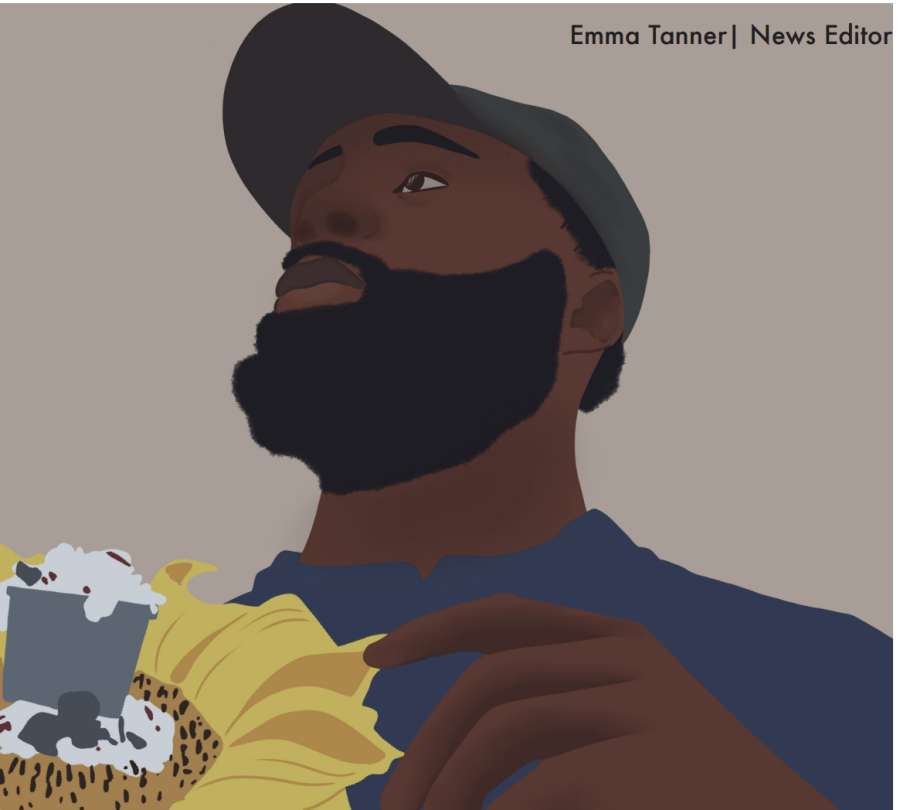




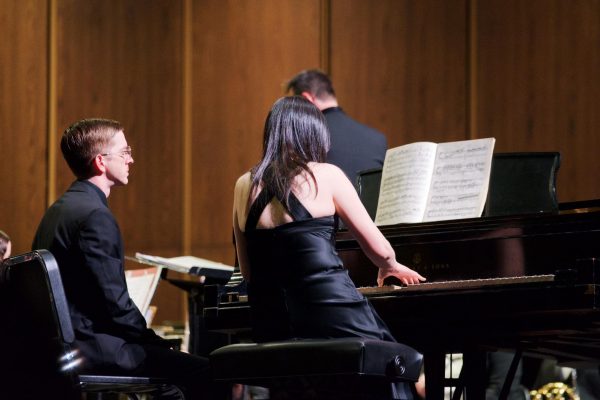
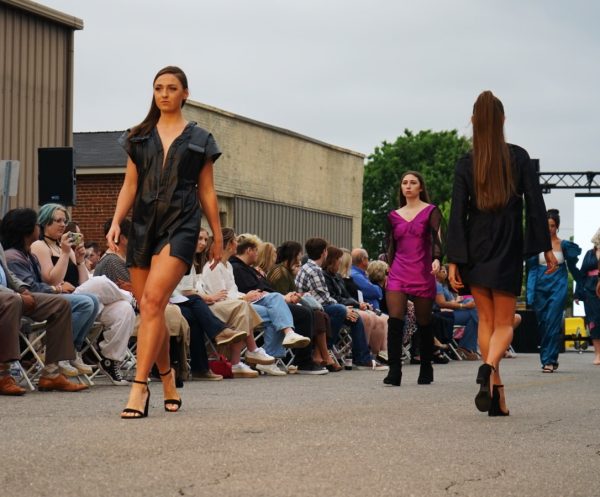
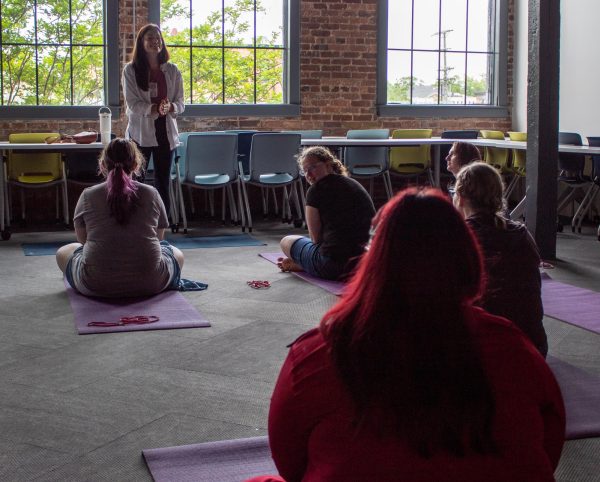

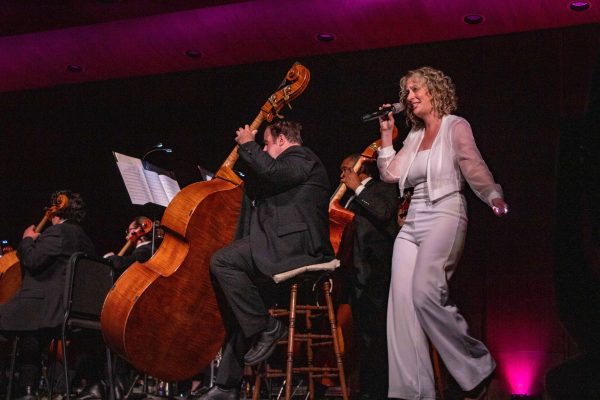
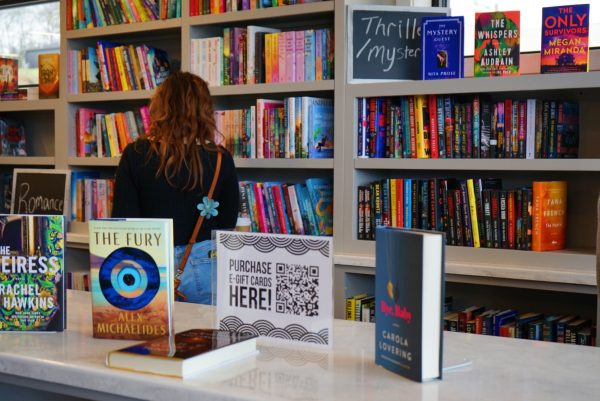
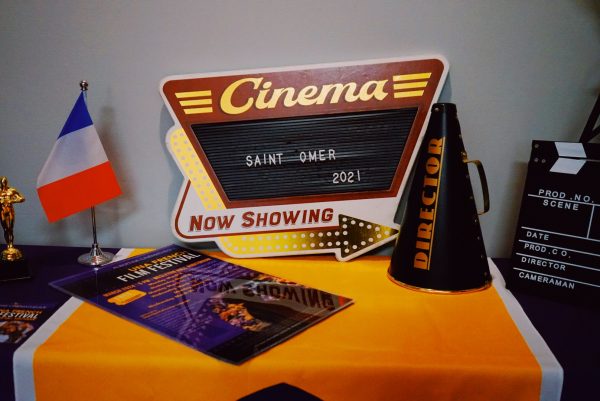

Sho1 • Feb 20, 2022 at 12:01 pm
Keep it funky and full of soul, Thad!